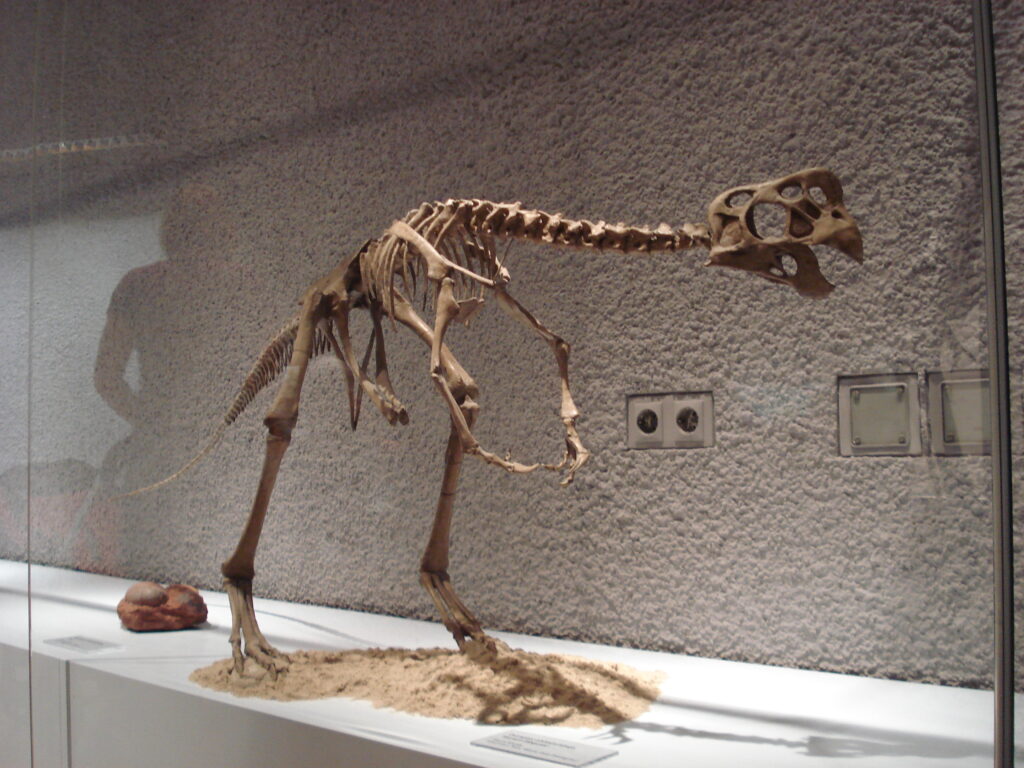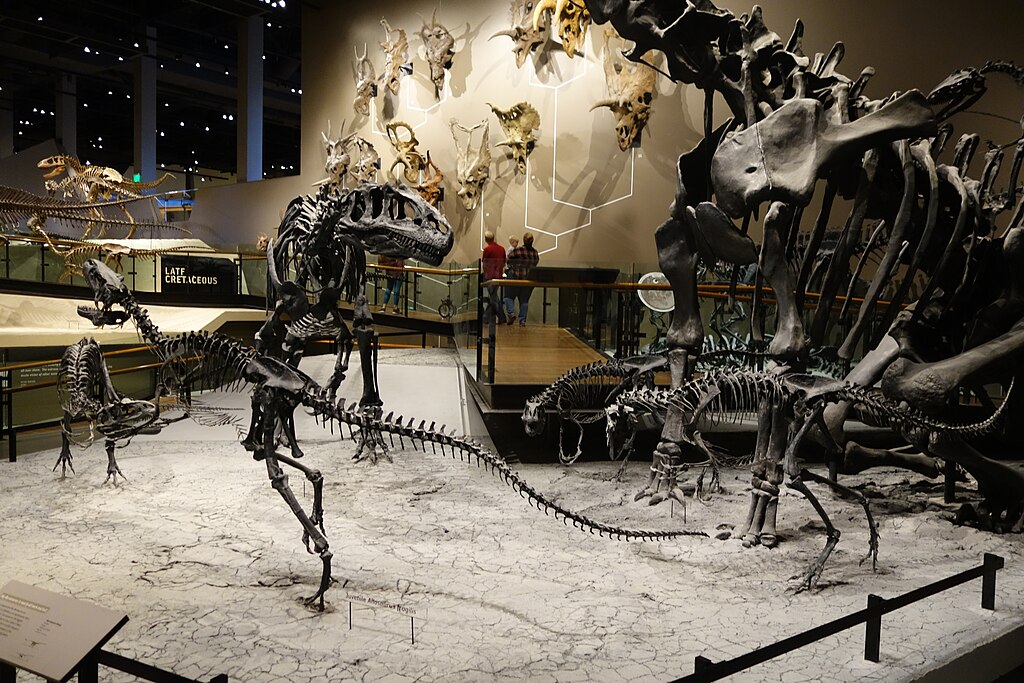When we marvel at dinosaur skeletons in museums, we’re looking at remains that are millions of years old. But how exactly do scientists determine the age of these ancient bones? Dating dinosaur fossils is a fascinating blend of chemistry, physics, geology, and paleontology that allows researchers to peer back into Earth’s distant past. The methods used to determine the age of dinosaur fossils have evolved dramatically over time, becoming increasingly precise and revealing ever more detailed information about these prehistoric creatures and their world.
Relative Dating: The Traditional Approach

Before modern technology, paleontologists relied heavily on relative dating techniques to determine a fossil’s approximate age. This method involves studying the position of fossils in rock layers (strata) to establish their relative age – essentially, which fossils are older than others. The principle of superposition, established by Nicholas Steno in the 17th century, states that in undisturbed rock layers, the oldest strata lie at the bottom while newer layers accumulate on top. By identifying which rock layer a dinosaur bone was found in, scientists could place it within the broader geological timeline. This approach doesn’t provide specific years but allows researchers to determine if a fossil predates or postdates other specimens. Relative dating remains fundamental to paleontology, providing the framework upon which more precise dating methods build.
Index Fossils: Biological Timekeepers
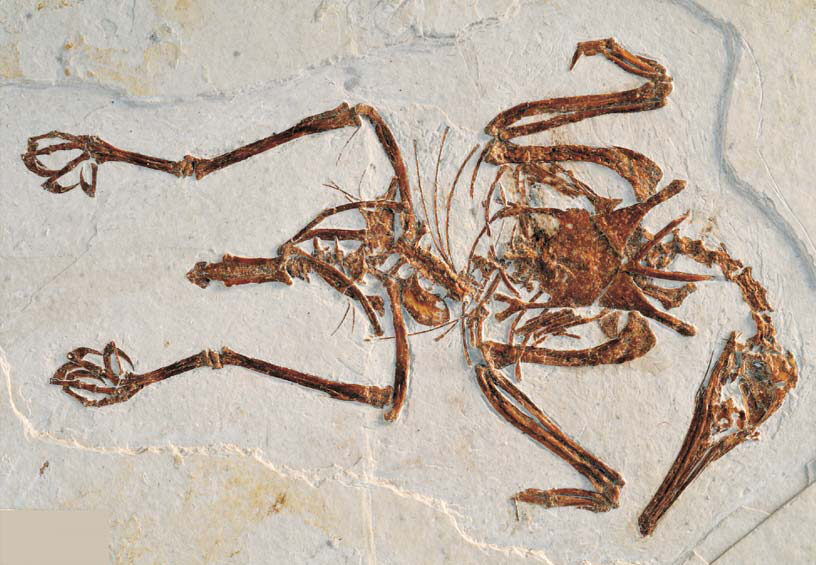
Index fossils serve as biological markers that help scientists narrow down the age range of dinosaur bones. These are fossils of organisms that existed for relatively short periods but were geographically widespread, making them excellent time indicators for specific geological periods. When paleontologists discover dinosaur remains alongside these index fossils, they can infer that the dinosaur lived during the same period as the index species. For instance, finding a dinosaur bone in the same layer as an ammonite species known to have existed only during the Late Cretaceous period (approximately 100-66 million years ago) suggests the dinosaur lived during that same timeframe. The precision of this method depends on how well-documented and narrowly defined the lifespan of the index fossil species is. Marine invertebrates often make the best index fossils due to their abundance, wide distribution, and relatively rapid evolution.
Radiometric Dating: The Gold Standard
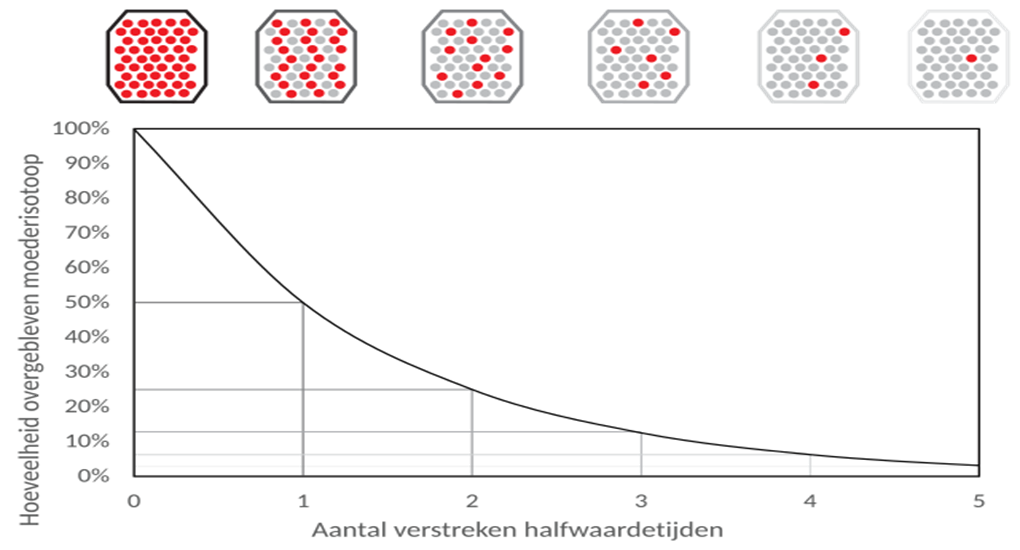
Radiometric dating revolutionized how scientists determine the age of dinosaur fossils, providing absolute dates rather than merely relative positions in time. This technique relies on measuring the decay of radioactive isotopes within rocks surrounding the fossils. Every radioactive element decays at a consistent, measurable rate, known as its half-life – the time it takes for half of the radioactive atoms to transform into stable daughter elements. By measuring the ratio of parent isotopes to daughter elements in a rock sample, scientists can calculate how long the decay process has been occurring, thus determining the rock’s age. For dinosaur fossils, which typically range from 66 to 245 million years old, scientists often use potassium-argon dating (with a half-life of 1.3 billion years) or uranium-lead dating (with a half-life of 4.5 billion years). While the dinosaur bones themselves rarely contain sufficient radioactive material for direct dating, the sedimentary layers encasing them can be bracketed by igneous rocks suitable for radiometric analysis.
Radiocarbon Dating: Why It Doesn’t Work for Dinosaurs

Many people mistakenly believe that carbon-14 dating is used to determine the age of dinosaur fossils, but this method is ineffective for such ancient specimens. Radiocarbon dating relies on measuring the decay of carbon-14, a radioactive isotope absorbed by living organisms that begins to decay after death. With a half-life of only about 5,730 years, virtually all carbon-14 in a sample disappears after approximately 50,000-60,000 years, making this technique useful only for relatively recent organic materials. Dinosaurs became extinct roughly 66 million years ago, long before any measurable carbon-14 would remain in their fossils. When news stories report “carbon dating” of dinosaur bones, they typically reflect misunderstandings or, in some cases, pseudoscientific claims. For genuinely ancient specimens like dinosaur fossils, scientists must rely on other radiometric methods with much longer half-lives, capable of measuring time spans in the millions rather than thousands of years.
Argon-Argon Dating: Refining the Timeline

Argon-argon dating represents a significant advancement over traditional potassium-argon dating, offering greater precision for determining the age of rocks associated with dinosaur fossils. This technique measures the ratio of argon-40 to argon-39 (created in the laboratory by neutron bombardment of potassium-39) in a sample. The advantage lies in analyzing both isotopes simultaneously from the same sample, eliminating many sources of error that affect potassium-argon dating. For dinosaur research, argon-argon dating proves especially valuable when examining volcanic ash layers that may have buried dinosaur remains during catastrophic events. These ash beds can provide highly precise dates, sometimes accurate to within 1-2% of the true age. The famous K-T boundary layer marking the extinction of non-avian dinosaurs has been dated to approximately 66 million years ago using argon-argon dating, helping scientists pinpoint precisely when this pivotal moment in Earth’s history occurred.
Uranium-Lead Dating: For the Oldest Rocks

For dating the most ancient rocks associated with dinosaur fossils, scientists often turn to uranium-lead dating, one of the oldest and most refined radiometric techniques available. This method analyzes the decay of uranium isotopes (uranium-235 and uranium-238) into stable lead isotopes, a process with an exceptionally long half-life – approximately 704 million years for uranium-235 and 4.5 billion years for uranium-238. This extended timeframe makes uranium-lead dating ideal for determining the age of very old rocks, including those formed during or before the dinosaur era. The technique typically requires minerals like zircon, which incorporate uranium but reject lead when they crystallize, establishing a clear starting point for the decay clock. When applicable to volcanic or metamorphic rocks in stratigraphic relation to dinosaur fossils, uranium-lead dating can provide remarkably precise age determinations, sometimes with margins of error less than 1%. This precision has helped establish reliable timelines for the earliest dinosaurs, which appeared approximately 245 million years ago during the Triassic period.
Biostratigraphy: Reading the Fossil Record
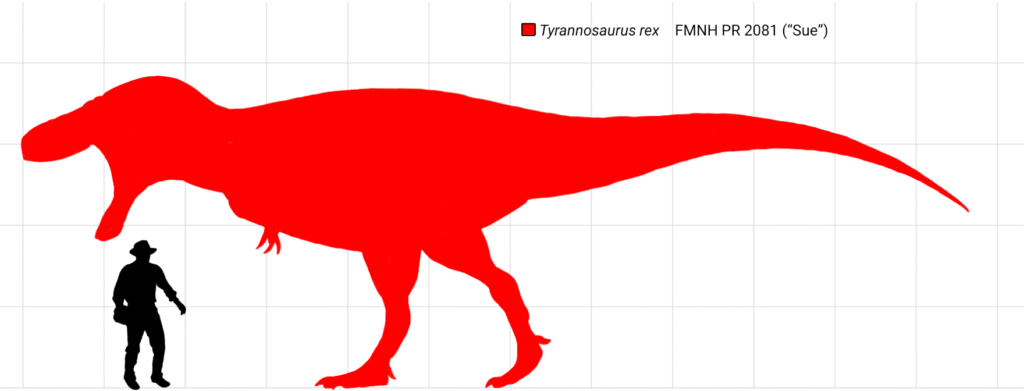
Biostratigraphy represents one of the foundational approaches to determining a dinosaur fossil’s age by examining its position within the broader context of evolutionary history. This technique involves analyzing the entire assemblage of fossils found in a particular rock layer to place it within the established fossil succession documented worldwide. Paleontologists have painstakingly reconstructed the sequence in which different organisms appeared, thrived, and disappeared throughout Earth’s history, creating a biological timeline that can be referenced when new specimens are discovered. When excavating a dinosaur bone, researchers carefully note all other fossils in the same deposit, from tiny plant spores to other vertebrates, and compare this biological community to known evolutionary patterns. For example, finding a theropod dinosaur in layers containing certain conifer pollen types, specific fern species, and particular mammal teeth might narrow its age to a specific stage within the Late Cretaceous period. This contextual approach provides multiple lines of evidence beyond the dinosaur itself, increasing confidence in age determinations.
Magnetostratigraphy: Earth’s Magnetic Fingerprint
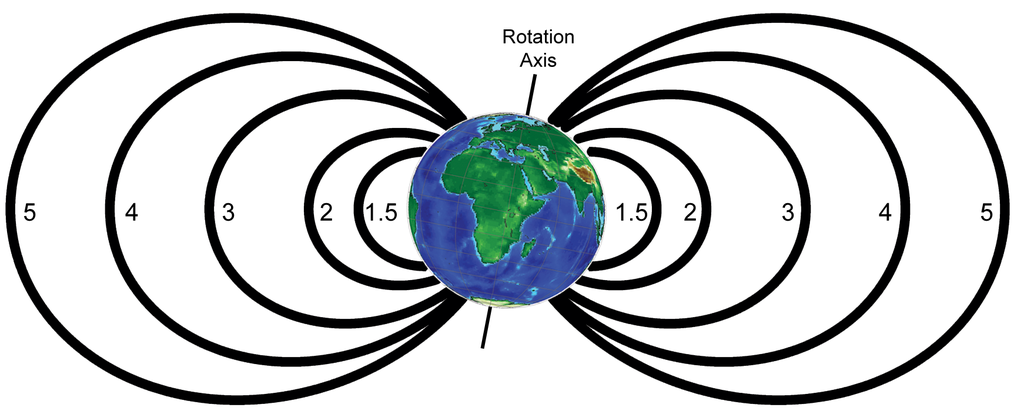
Magnetostratigraphy provides another powerful tool for dating dinosaur fossils by analyzing the record of Earth’s magnetic field reversals preserved in rock layers. Throughout geological history, Earth’s magnetic poles have periodically reversed, with the magnetic north becoming south and vice versa. These reversals are recorded in rocks as they form, with magnetic minerals aligning to the prevailing magnetic field direction before being locked into position. Scientists have established a detailed timeline of these magnetic reversals going back hundreds of millions of years. When examining sedimentary layers containing dinosaur fossils, researchers can detect the magnetic orientation pattern and match it to this established reversal chronology. For instance, a series of fossils found in rocks showing a specific pattern of normal and reversed magnetic signatures might correlate to a known sequence of reversals during the middle Jurassic period. When combined with other dating methods, magnetostratigraphy can help refine age estimates and correlate fossil-bearing formations across different geographical regions with remarkable precision.
Fission Track Dating: Counting Atomic Scars

Fission track dating offers yet another approach to determining the age of minerals associated with dinosaur fossils by examining microscopic damage tracks in crystals. This technique relies on the spontaneous fission of uranium-238 atoms, which occasionally split rather than undergo the more common alpha decay. When these atoms split, they release energy that creates linear damage paths through the crystal structure. By chemically etching mineral samples, scientists can reveal these tracks and count them under a microscope. Since the rate of spontaneous fission for uranium-238 is known, counting the number of tracks provides a measurement of time elapsed since the crystal formed or cooled. Minerals commonly used for fission track dating include zircon, apatite, and volcanic glass, which may be found in the sedimentary layers surrounding dinosaur fossils. This method proves particularly valuable for dating samples between approximately 100,000 and 100 million years old, covering much of the dinosaur era. While less commonly applied than other radiometric techniques, fission track dating can provide important corroborating evidence or fill gaps where other methods prove difficult to apply.
Electron Spin Resonance: Measuring Trapped Electrons
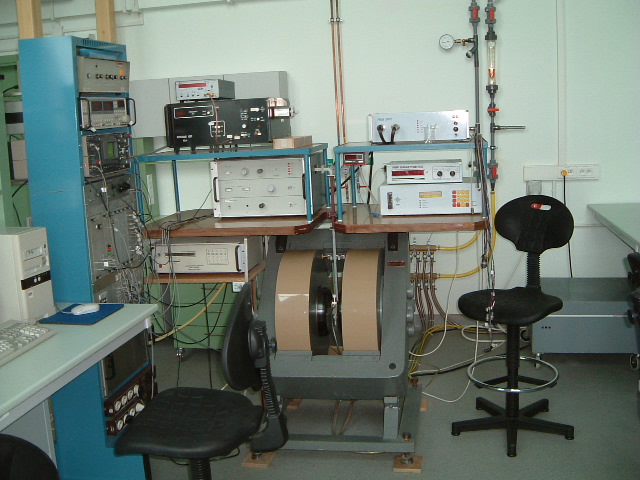
Electron Spin Resonance (ESR) dating represents one of the more specialized techniques occasionally applied to date materials associated with dinosaur fossils. This method measures trapped electrons that accumulate in mineral defects over time due to natural background radiation. When certain minerals form, their crystal lattices contain imperfections that can trap and hold free electrons produced by environmental radiation from radioactive elements in surrounding sediments. By applying microwave energy to samples and measuring the resulting resonance signal, scientists can determine how many trapped electrons have accumulated, indicating how long the mineral has been exposed to radiation. For dinosaur research, ESR dating proves most useful when applied to materials like tooth enamel, shell fragments, or certain cave deposits that may contain or be associated with dinosaur remains. The technique can potentially date materials from a few thousand to several million years old, making it a valuable complementary method for younger dinosaur fossils or for dating Quaternary deposits that might contain reworked dinosaur material. While not a primary dating method for most dinosaur specimens, ESR dating contributes to the multidisciplinary approach needed for accurate paleontological chronology.
Amino Acid Racemization: Protein’s Timekeepers

Amino acid racemization (AAR) dating analyzes the molecular transformation of proteins in organic materials over time, providing another dating approach occasionally relevant to dinosaur research. This technique relies on the fact that amino acids, the building blocks of proteins, exist in two mirror-image forms called enantiomers – specifically, L-forms (left-handed) and D-forms (right-handed). Living organisms almost exclusively produce and use L-amino acids, but after death, these molecules gradually convert to D-forms through a process called racemization. By measuring the ratio of D to L forms in a sample, scientists can estimate how long ago the organism died. For most dinosaur fossils, the extreme age has resulted in complete racemization, making this method less directly applicable to the bones themselves. However, AAR dating can prove valuable for analyzing younger materials associated with dinosaur-bearing strata or for studying the rare cases of exceptional preservation where some original organic components might remain. The technique has contributed to studies of dinosaur egg shells and has helped identify specimens where extraordinary preservation conditions might have maintained some original organic material worthy of further chemical investigation.
Integrating Multiple Dating Methods: The Modern Approach

Contemporary paleontologists rarely rely on a single method to determine the age of dinosaur fossils, instead employing an integrated approach that combines multiple dating techniques. This comprehensive strategy creates a more robust chronological framework by cross-referencing results from different methods, each with its own own own owrengths and limitations. For example, a newly discovered Tyrannosaurus rex specimen might have its age determined through a combination of relative dating from its stratigraphic position, biostratigraphic analysis of associated fossils, radiometric dating of volcanic ash layers above and below the specimen, and perhaps magnetostratigraphic correlation with other well-dated formations. When multiple independent methods converge on similar age estimates, scientists can have greater confidence in their conclusions. This integrated approach also helps identify anomalies that might indicate problems with sample contamination or methodology. Modern dinosaur dating represents a collaborative effort among specialists in geochronology, paleontology, stratigraphy, and other disciplines, exemplifying how science progresses through multiple lines of evidence rather than reliance on any single technique.
The Future of Dinosaur Dating: New Technologies and Approaches

The science of determining dinosaur ages continues to evolve, with emerging technologies promising even greater precision and new insights. Advanced mass spectrometry techniques now allow scientists to analyze incredibly small samples, sometimes requiring only milligrams of material for radiometric dating, where older methods needed grams or more. This miniaturization enables the dating of precious specimens that could not previously be sampled without significant damage. Laser ablation techniques permit targeting specific microscopic areas of minerals for analysis, helping avoid contamination issues. Meanwhile, improvements in statistical modeling and Bayesian analysis methods allow researchers to combine data from multiple dating approaches, narrowing age ranges beyond what any single technique could achieve. Perhaps most exciting are the advances in analyzing fossil organic material – while genuine dinosaur DNA remains elusive, other biomolecules like certain proteins and lipids sometimes survive in trace amounts. As analytical chemistry techniques improve, these molecular fossils may provide new avenues for directly dating the bones themselves rather than just the surrounding rocks. Combined with increasingly detailed stratigraphic databases and international collaboration, these innovations promise to refine our understanding of dinosaur chronology, potentially resolving longstanding questions about the timing of evolutionary events and extinction patterns.
Conclusion

Dating dinosaur fossils represents one of science’s most impressive achievements, allowing us to determine with remarkable precision when creatures lived that disappeared from Earth tens of millions of years before humans existed. The methods employed range from the relatively straightforward examination of rock layers to sophisticated analyses of atomic decay processes, with each technique contributing pieces to the chronological puzzle. While no single method provides a perfect answer, the combination of multiple approaches creates a robust framework for understanding when dinosaurs lived and died. As technology advances, our ability to determine these ancient dates grows ever more precise, continually refining our window into Earth’s distant past and the remarkable creatures that once dominated its landscapes.

